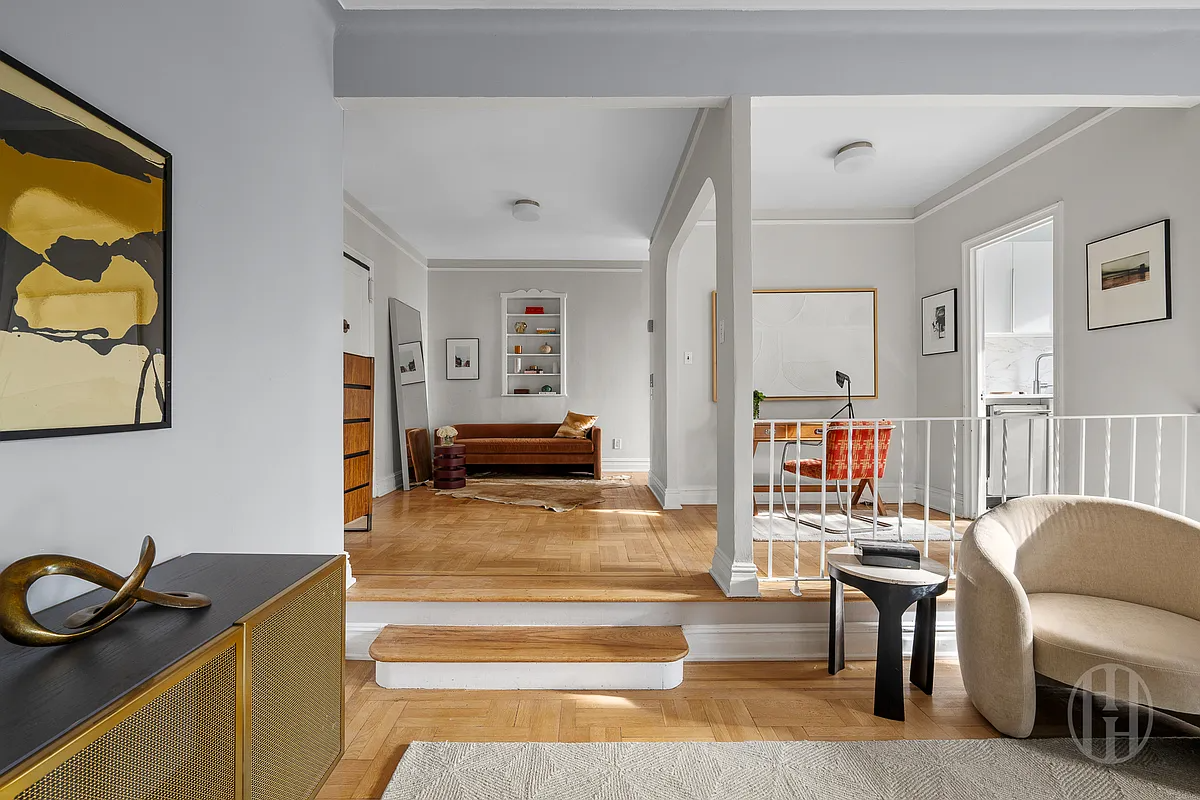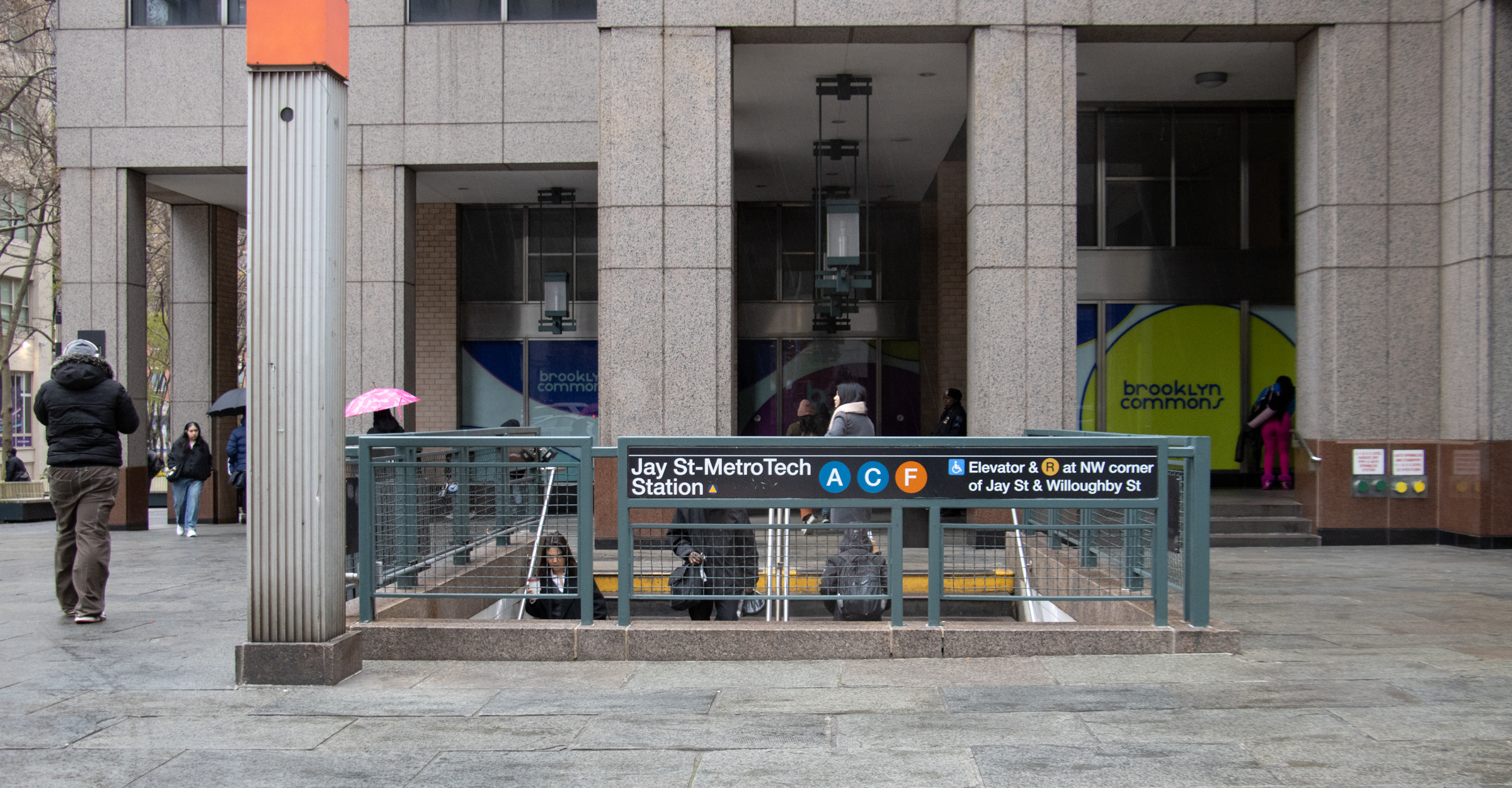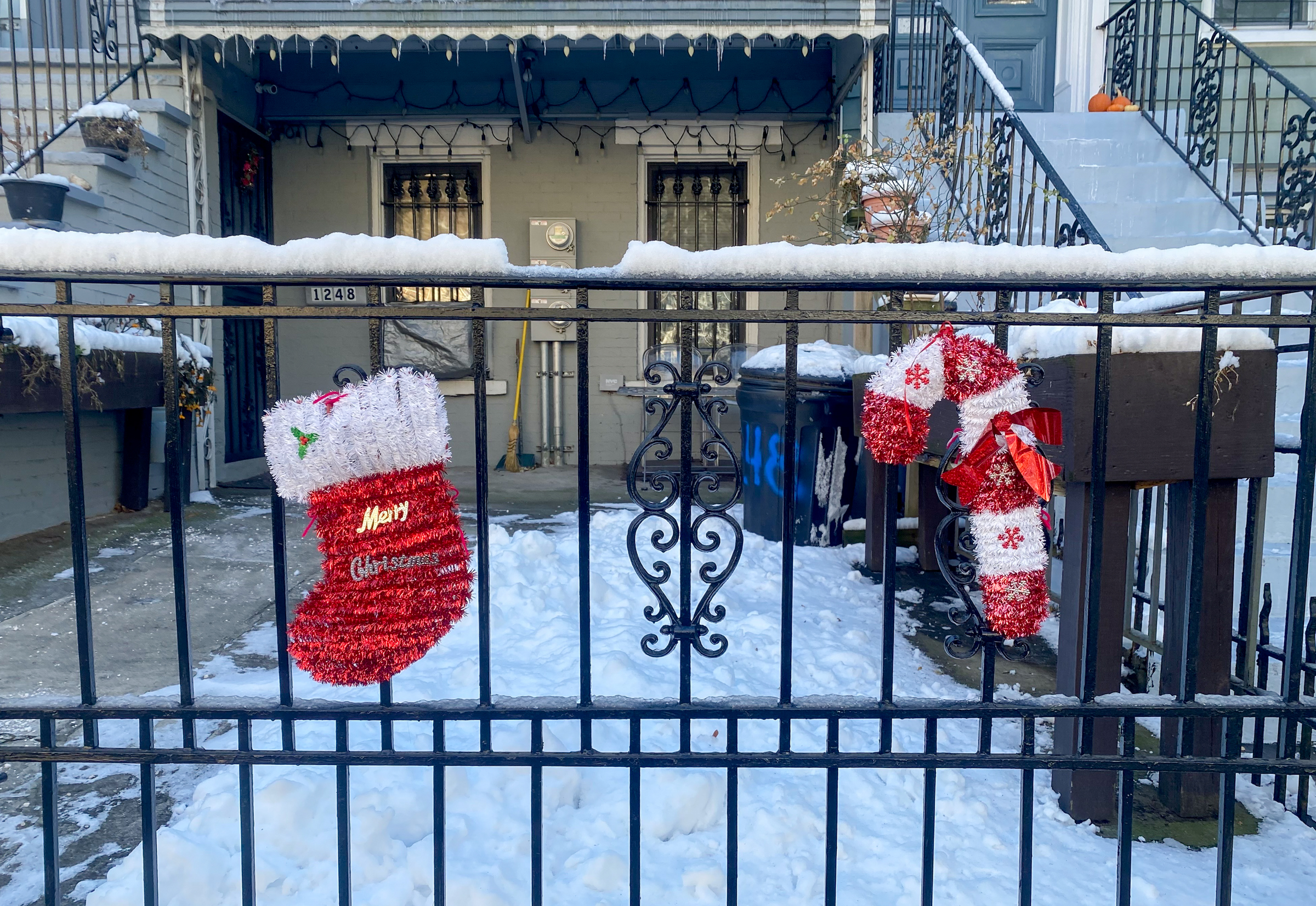Wednesday Links
Harlem’s Real Estate Boom Becomes a Bust [NY Times] Daddies Join Mommies at Prospect Park YMCA [NY Times] Senate Mess Means Hiring Freeze for Cops [NY Daily News] Council Candidate Beats Bogus Parking Ticket [NY Daily News] Council Approves Demo of Slope’s PS 133 [Brooklyn Paper] Optimism Grows About Bushwick Inlet Park [NY Observer] Photo…


Harlem’s Real Estate Boom Becomes a Bust [NY Times]
Daddies Join Mommies at Prospect Park YMCA [NY Times]
Senate Mess Means Hiring Freeze for Cops [NY Daily News]
Council Candidate Beats Bogus Parking Ticket [NY Daily News]
Council Approves Demo of Slope’s PS 133 [Brooklyn Paper]
Optimism Grows About Bushwick Inlet Park [NY Observer]
Photo by JamesWolberg.





Flippers do not help. They snap up the properties and slap sheet rock up everywhere, dividing two rooms into ten. They put in the crappiest Home Depot kitchens and baths everywhere. They really make the places horrible. They turn gracious building into Fedders.
Fsrg, take a breath. I said “colonialists”, not “colonists”. There is a big difference. A colonist at least stays wherever he lands, colonialists make a profit on the resources, and move on to the next big profitable location. While I don’t doubt there are many who are both, there are plenty who have merely invested in Harlem, and other locations, because they had the resources to buy cheap, with the intentions of selling high. Many could give a toss for the neighborhoods or the people in them.
There is also nothing inherently wrong with making a profit, and you are right, the preservationist in me is glad that buildings are being rescued, although whenever possible, I’d prefer to see the insides being rescued too, not just renovated with the usual flipper’s recipe of gut, except for maybe a mantlepiece, and fill in with cheap sheetrock, hollow core doors and sub par generic kitchens and bathrooms. However, I am also concerned with the actual communities involved. There is more to Harlem than the buildings themselves, no matter how fine or protection worthy they may be. All that doesn’t mean squat if issues of economic growth, jobs, security, schools, etc are not also addressed, and much of the noise and pressure needed to affect change comes from residents and owners with a stake in their communities, not absentee landlords and flippers, the former’s disinterest in the nitty gritty being part of the problem in Harlem in the first place.
fsrq – theyre not colonists, they don’t live there. They’re colonialists.
fsrq, please understand what MM was trying to say re: homeowners wanting to invest/live in a neighborhood and the definition of a flipper, a speculative buyer of properties.
Montrose please….what you are saying doesnt even make sense – man of these homes are protected in landmark districts and even if not – like you acknowledge, the asset is the architechture/neighborhood. These Colonists as you call them – are very often investing money INTO the architechture and neighborhoods. Investment that would not otherwise occur (which would result in further deterioration). These “colonists” are more or less EXACTLY the same as those that originally built the properties in the 1st place – who took underutilized land and built on it to maximize their PROFIT.
Not everyone is independently wealthy or has endless time to lovingly improve a dilapidated townhouse, so developers come and do it and take a profit for their effort. Seems like something preservationists should welcome.
“They are the new Colonialists”
I like that phrase, very apt.
Harlem, like any large neighborhood, has its good spots and its bad. To lump it all together, in terms of comps, desirable areas, blocks with superior architecture, crime stats, amenities, and all the rest, is as misleading as doing so in Bed Stuy. Harlem on 147th St is magnificent around Convent Ave, not so much down the hill near Lenox. My friends on 121st St, near Mt. Morris Park are enjoying the perks of the New Harlem, which has not touched many areas further uptown. Rob, I’m sorry you didn’t like where you lived, but that was in only one part of an enormous neighborhood.
Flippers are the scourge of “emerging” neighborhoods. They artificially inflate comps, and help create conditions where expectations highly exceed reality. True, sustainable neighborhood growth and improvement comes from middle class folk being able to afford to buy, repair, and stay in communities, and affect change in slower, but more permanent ways.
What really burns me is the purely financial stake some of these people have in these houses. They are the new Colonialists, coming in, taking the resources, in this case architecture, making a profit and moving on. There is little sense that there is any regard for what was there, or what they leave behind. Harlem, Bed Stuy, Bushwick, Crown Heights, etc, are not just fields of houses waiting to be plucked, they are communities and neighborhoods. I think it’s a good thing that the economic markets and the housing crisis have put a screeching halt to a lot of this “harvesting”.
ugh harlem. i wanted to like it, i really did. blech
*rob*
When I started looking in Bed Stuy, I looked at UWS Harlem for comparable properties. On a NICE (architecturally speaking) street, back in early 2007, the best you could do was $1MM for a shell. That seems to be still the case there. I think this guy was way up on 147th Street, which did not fit my criteria of “nice.”
If you browse the NY Times listings, prices are not down very much at all for anything on a street with lots of character and nice architecture.